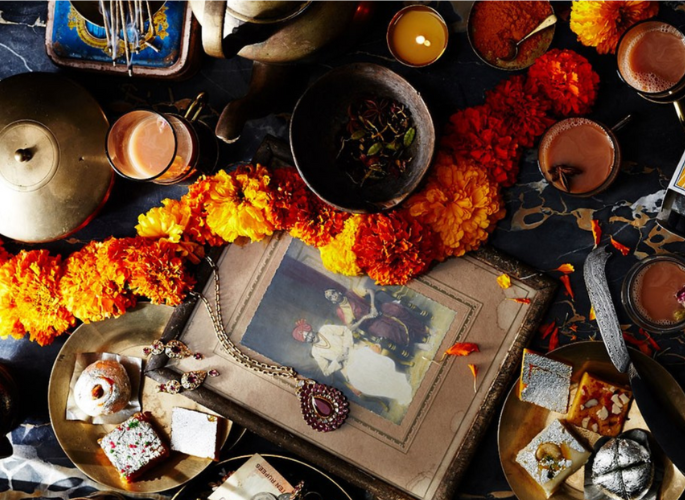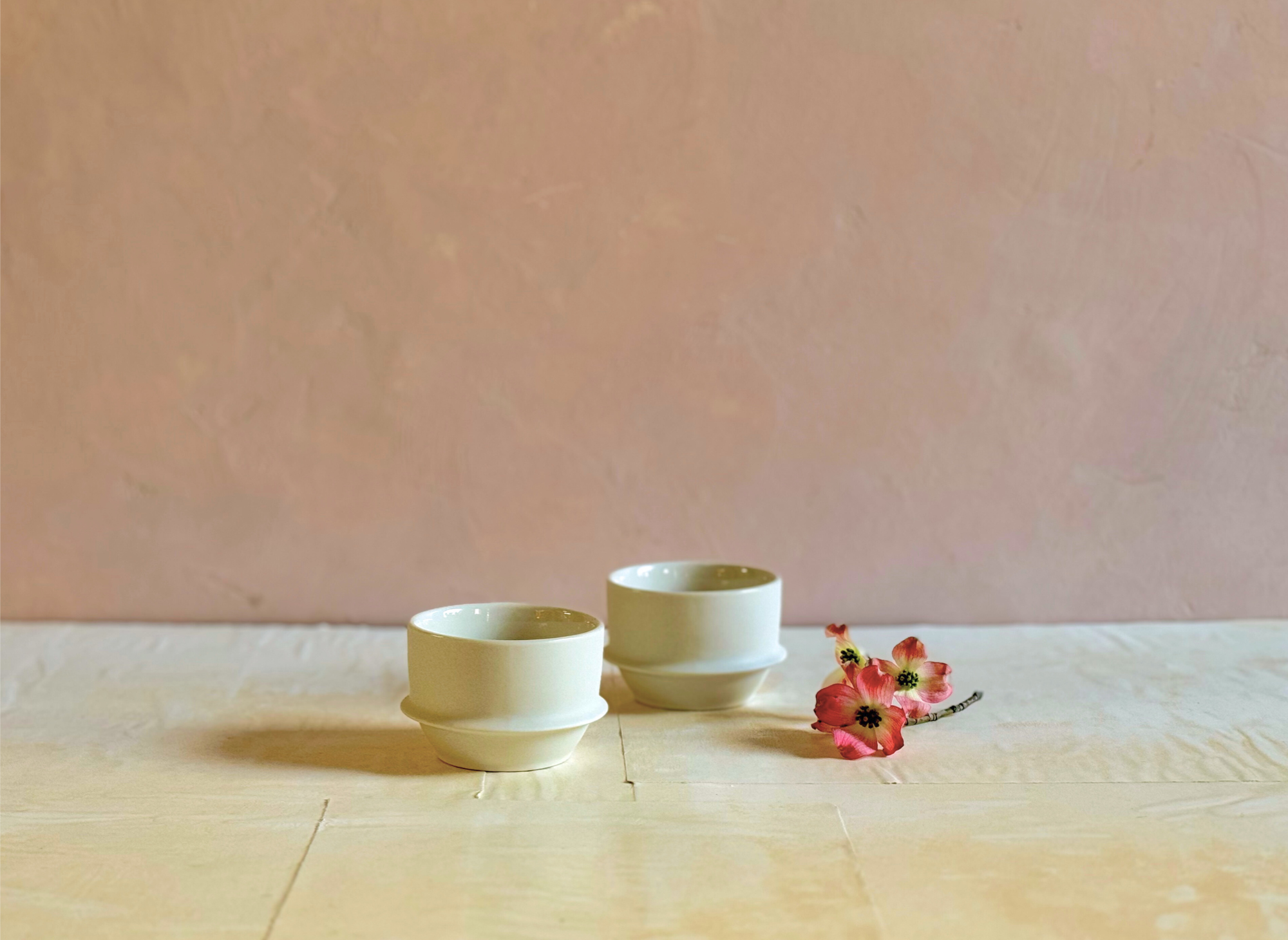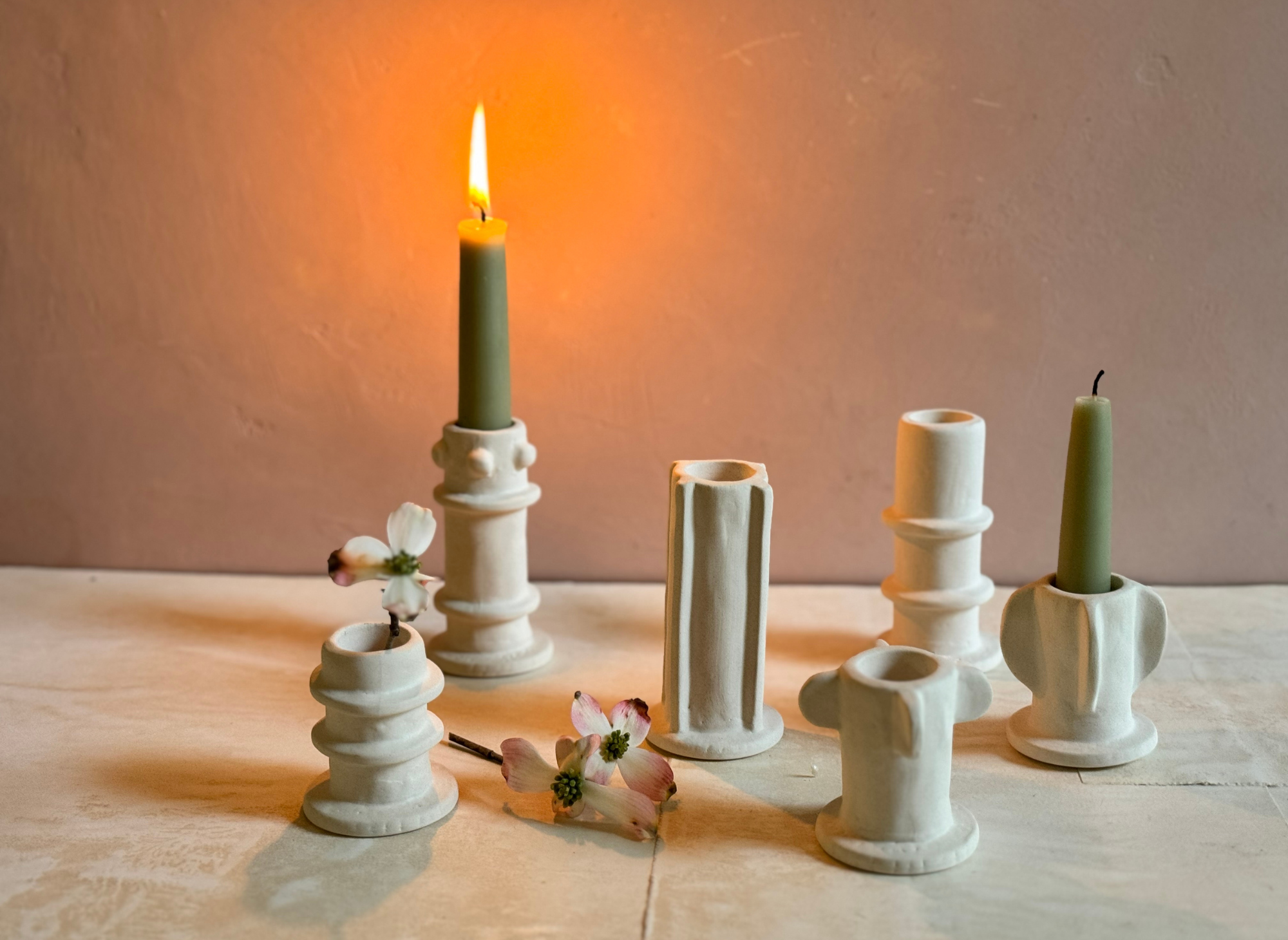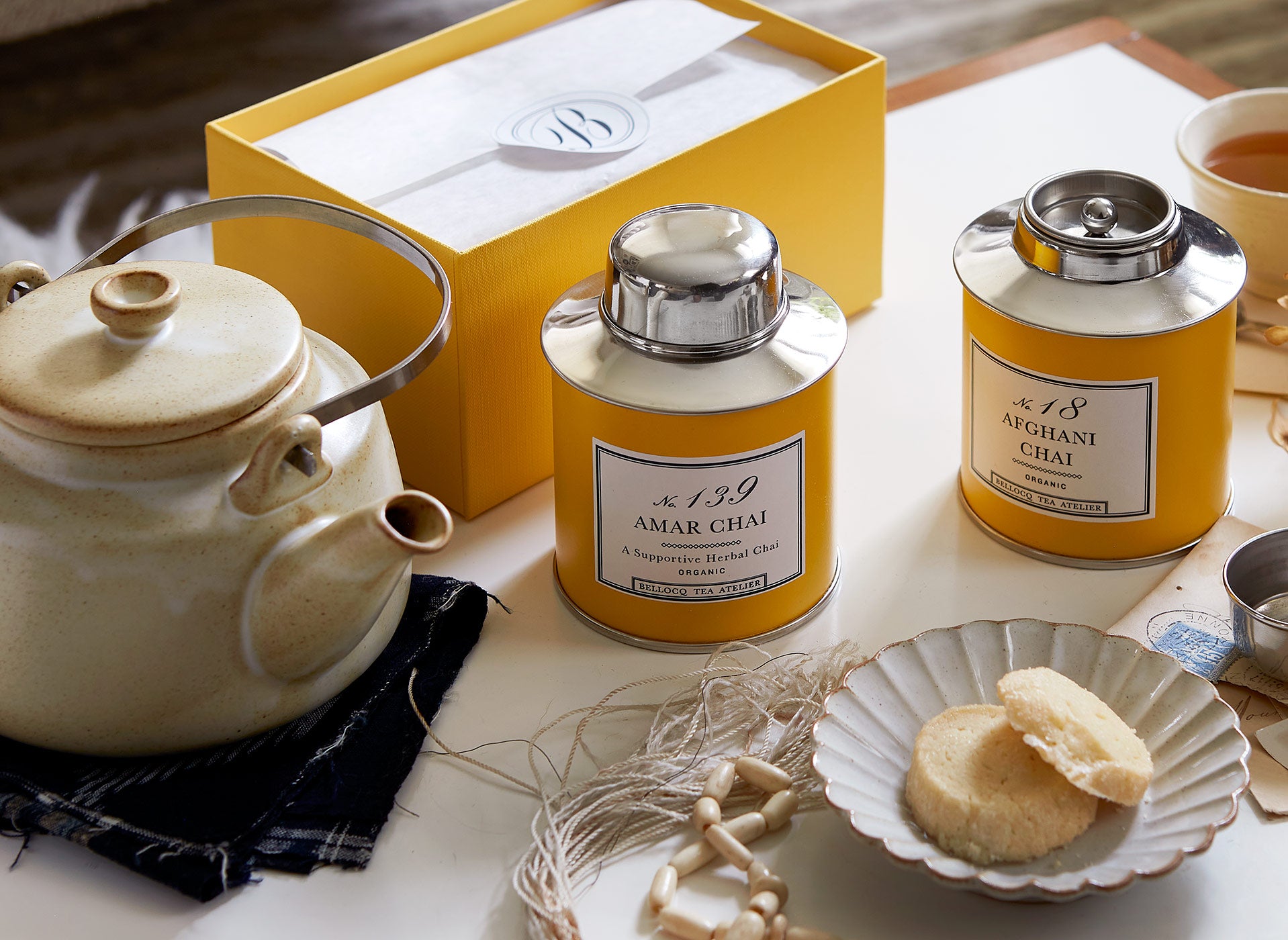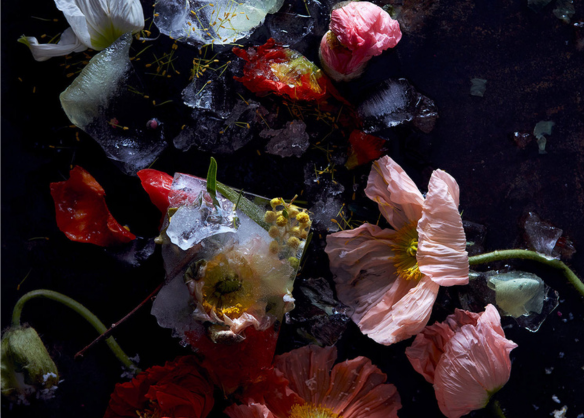Otherworldly and infused with profound, immense beauty and quiet mystery, a voyage to Kyoto is nothing short of life-altering. Some years ago, during our first visit to the city, we could scarcely walk three feet without bursting into tears, completely overwhelmed by the beauty, refinement and aesthetic intelligence. It was like slipping into an alternate universe, one that quietly seeps under your skin and winds its way around your heart, lingering in your memories for life. The ancient city is a tremendous, visceral experience; soulful and subtle—and perhaps one of the most magic-infused places we’ve ever known.


Interior Worlds
Above: Kyoto is a city of subtle revelations. A hidden courtyard, tucked away from view, is an unexpected and welcome pleasure. Left: The exquisite residence of potter and calligrapher Kanjiro Kawai.

The traditional area, Gion, lends itself to the curious wanderer, with ravishing visions revealed beyond each bend: an enchanting slip of a garden tucked between buildings, fading cherry blossoms gathering in the windswept eddys of time worn cobblestone streets. Alongside the visual splendor, the narrow corridors yield the scent of woodsmoke, incense, citrus and flowers. It is as if the collective consciousness is intoxicated with a sense of spirituality, history, sensuality and beauty.

QUIET CONTEMPLATION
Above: A view of the Koda-ji Temple rock garden. The raked gravel is representative of the ocean. Right: Higashiyama Jisho-ji, a Zen temple.
Play the Audio



AESTHETIC APPEAL
Above: Humble tofu is elevated to a refined work of art at Shoraian. Left: Illuminated paper lanterns in Gion.
Naturally, in Kyoto, the rituals around sleeping, bathing and dining elevate the most everyday activities into a blissful art form. While there are many sleek hotels within the city, we’re decidedly ‘less suit and more samurai’, preferring to indulge our inner shogun at traditional ryokans, inns and machiya. One of our favorite ryokan, tucked away next to a magnificent shrine is the earthy, wabi-sabi-infused Yuzuya.

Mornings begin with an exquisite kaiseki breakfast in their traditional dining room, a chic, low-slung fantasy that looks out onto an inner walled garden, like a living mural. Delectable bites arranged on petit cinnabar-lacquer dishes are followed by grilled fish, and a creamy, umami-rich tofu broth that remains—to this day—one of the most sublime memories of our fairly well-traveled (and well-fed) lives. Then it’s time to visit the onsen, and braise in the steaming hinoki-scented waters filled with fragrant and citrusy yuzu, which has a relaxing and refreshing effect. From there, you practically float out into the streets and beyond.


heaven scent
Above: Yamadamatsu, was originally a medicinal pharmacy that processed and purified fragrant woods and raw materials. On one memorable visit, we observed a revered poet sipping tea while having his incense prepared. Left: Kiyomizu-dera, an iconic, wooden Buddhist temple in Eastern Kyoto.
We could go on and on and pen the most delicious guidebook—perhaps at another time. For now, we’re delighted to share our ‘address book’ of beloved spots and encourage everyone to commune with their inner flaneur and experience the beauty, mystery and sensuality that is Kyoto.
The ATELIER | GUIDE
beloved spots from our travels to Kyoto
hotels
- Tawaraya Ryokan
- Yuzuya Ryokan
- Inakatei
- Aman Kyoto
restaurants
- Shoraian, Arashiyama
- Miyamasou
- Isshin Kyo (Yuzuya Hotel)
temples
- Kodajii
- Entokuin
- Higashi Honganji
- Keniniji
- Ryoanji
inspiration
- The Sun Garden, Katsushika Kyoto Museum of Contemporary Art
- The home of ceramist, calligrapher and poet Kawai Kanjiro
- The tea houses of the Katsura Imperial Villa
- Gallery Hakuden
shopping
- Incense: Yamadamatsu
- Confections: Kamesuehiro, Ichiwa
- Art Shop: Saiun-Do
- Tsukemono (Pickle) Shops: Marukami-Ju Honten, and Kawakatu
shopping
- Nishiki Market
- Kitone: this shop features pieces made by Japanese artisans
- Stardust (our lovely instafriend—very beautiful)
- Be on the lookout for traditional cosmetic stores favored by the maiko and geisha.
